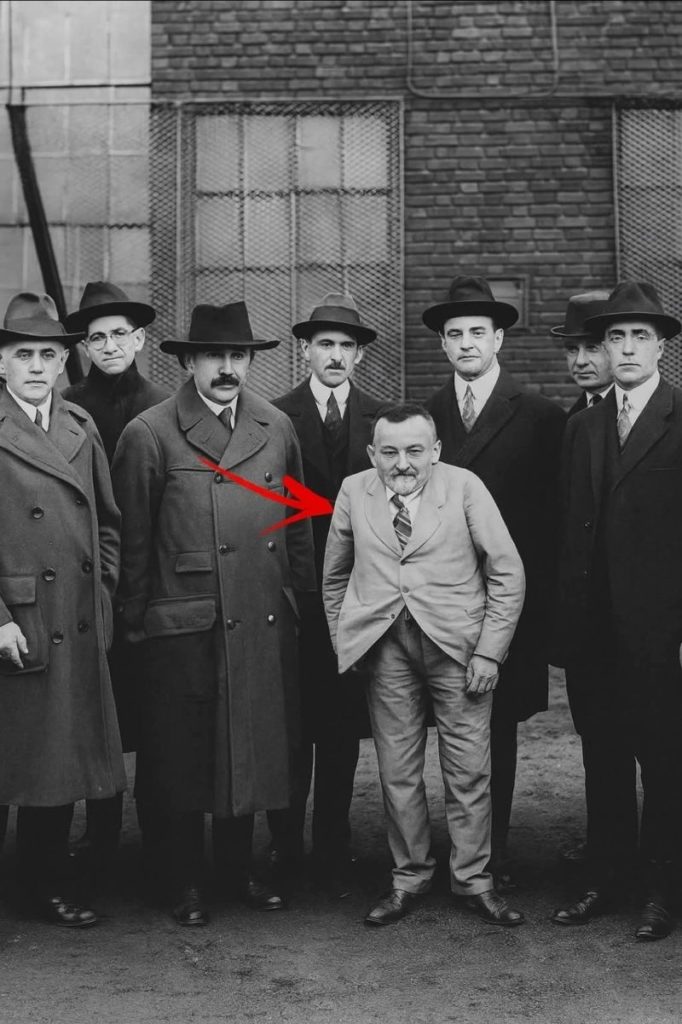Beneath the roar of steel and steam at Henry Ford’s River Rouge plant, the heart of America’s burgeoning automobile empire pulsed with relentless energy. Generators the size of small buildings spun day and night, converting mechanical force into the electric lifeblood that powered assembly lines stretching for miles. So when one of these massive dynamos shuddered to a halt—its hum abruptly stilled—panic rippled through the workshops. Ford’s own engineers, men whose reputations were built on maintaining this very machinery, scrambled over beams and circuits for two days straight, yet the fault eluded them.

Word of the mystery failure reached Charles Proteus Steinmetz, a man already legendary for his uncanny mastery of alternating currents. Steinmetz stood barely five feet tall, with a shock of white hair and eyes that seemed to see the hidden patterns of electricity itself. He arrived at the plant unannounced, carrying nothing more than a stout leather-bound notebook, a stub of pencil, and a folding cot for rest. “Let the machines speak,” he reportedly told his hosts, as he settled himself at the edge of the generator’s massive stator, ready to listen.
For two days and two nights, Steinmetz crouched among the coils, his pencil dancing across the notebook’s pages. He measured vibrations with his senses alone, felt subtle thermal gradients in the metal, and scribbled complex equations that would have daunted any other engineer. Ford’s team watched in respectful silence as Steinmetz traced the path of magnetic flux with an almost spiritual reverence, as if he were decoding the generator’s own heartbeat.
Finally, Steinmetz rose and fetched a piece of white chalk and a simple tape measure. Ascending a narrow ladder between the spinning coils, he paused at a single winding and—without speaking—made his chalk mark. Then he descended, pointed to his mark, and instructed the crew to unwind exactly sixteen turns of copper wire from that one spot. The workers exchanged puzzled glances but obeyed.
The plant manager flicked the switch, and the generator shuddered to life, its familiar hum returning as though nothing had ever been wrong. Production resumed, assembly lines surged forward, and the enormous machinery once again powered Ford’s industrial dreams.
A few days later, Ford received Steinmetz’s invoice: ten thousand dollars. Flabbergasted, the auto magnate wrote back, “Please send an itemized statement for your services.” Steinmetz’s reply arrived promptly:
- Placing the chalk mark: $1
- Knowing where to place it: $9,999
Ford didn’t balk. He understood that the true value lay not in the physical act of marking the coil, but in Steinmetz’s lifetime of study, intuition, and insight—expertise earned by mastering the invisible currents that bind our modern world. And so the legend of the chalk mark was born, a testament that in the realm of deep knowledge, what looks simple often embodies the greatest worth.
Leave a Reply